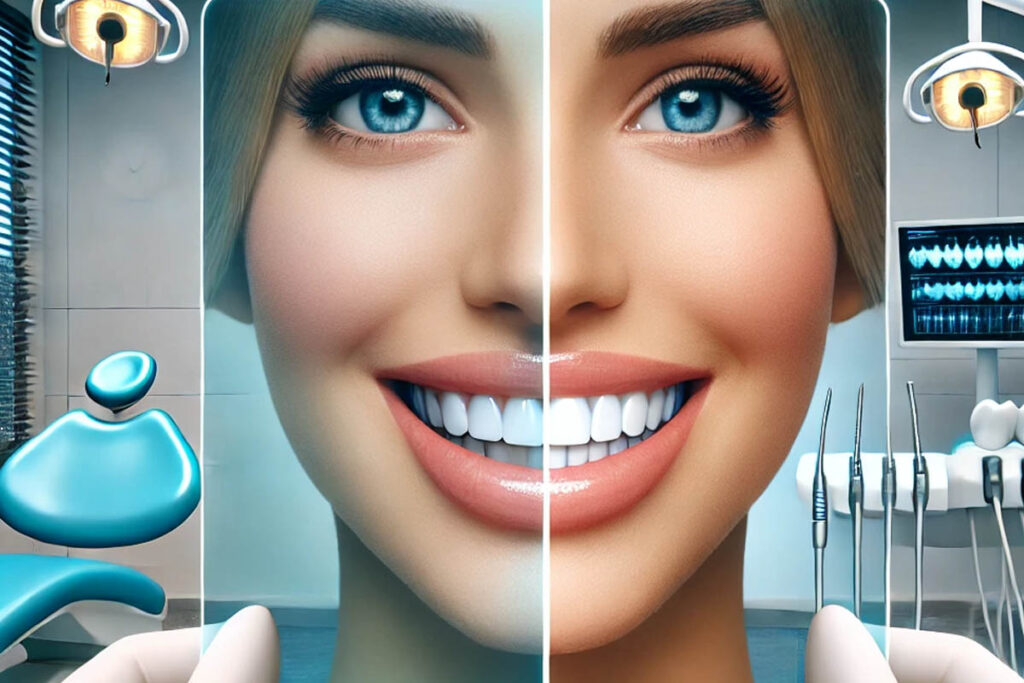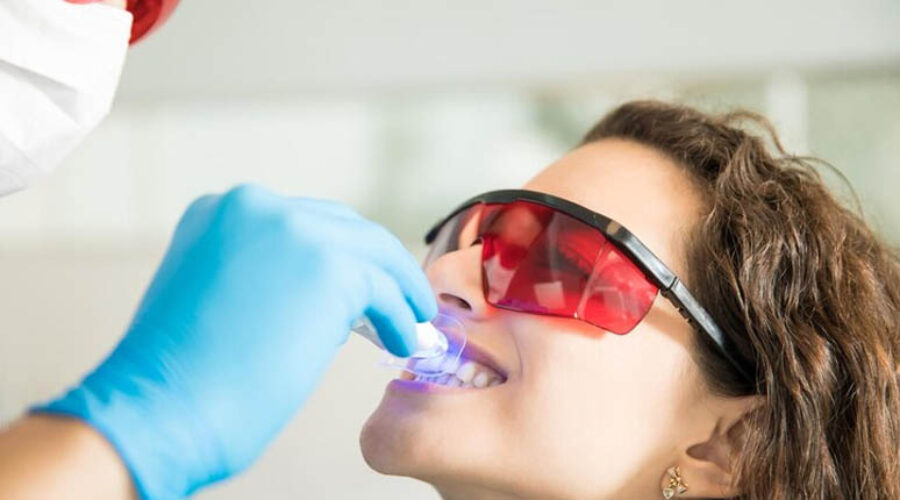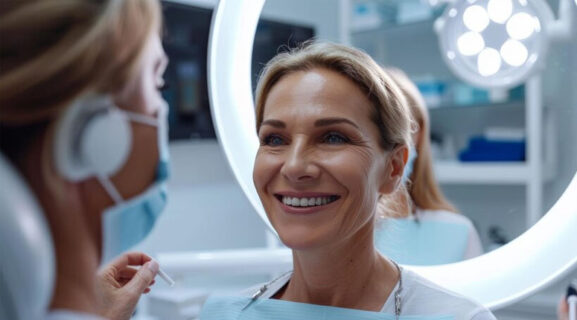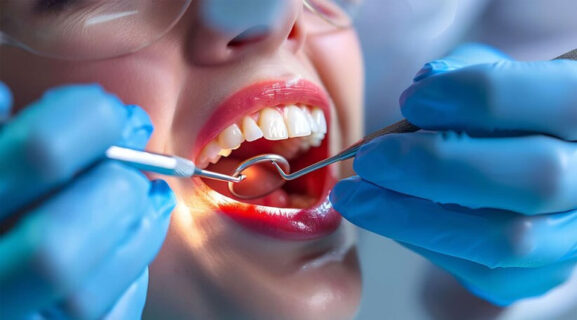Peroxide-Based and Non-Peroxide Teeth Whitening Agents
Teeth whitening has become a popular cosmetic procedure for achieving a brighter smile. The market offers various teeth whitening agents, primarily categorized into peroxide-based and non-peroxide teeth whitening agents. Understanding the differences, efficacy, and potential side effects of these agents can help patients make informed decisions. In this article, we will delve into a comparative study of peroxide-based and non-peroxide teeth whitening agents, exploring their mechanisms, benefits, and drawbacks.

Understanding Peroxide-Based Teeth Whitening Agents
Mechanism of action
Peroxide-based teeth whitening agents, such as hydrogen peroxide and carbamide peroxide, work by penetrating the enamel and breaking down stains through oxidation. This process effectively lightens the color of the teeth, providing noticeable results within a short period.
Benefits
- Efficacy: Peroxide-based agents are highly effective at removing both surface and deep stains.
- Speed: These agents typically deliver faster results compared to non-peroxide alternatives.
- Professional and At-Home Options: Available in professional dental treatments and over-the-counter products, offering flexibility to users.
Drawbacks
- Sensitivity: Increased risk of tooth and gum sensitivity post-treatment.
- Potential Damage: Overuse or improper application can lead to enamel erosion and gum irritation.
Exploring Non-Peroxide Teeth Whitening Agents
Mechanism of action
Non-peroxide teeth whitening agents often use natural or chemical ingredients such as sodium bicarbonate, activated charcoal, and coconut oil. These agents primarily work by polishing the teeth or absorbing surface stains rather than penetrating the enamel.
Benefits
- Gentleness: Less likely to cause sensitivity or irritation, making them suitable for individuals with sensitive teeth.
- Natural Ingredients: Often composed of natural substances, appealing to users seeking organic options.
- Maintenance: Ideal for maintaining whiteness achieved by peroxide-based treatments.
Drawbacks
- Efficacy: Generally less effective at removing deep stains compared to peroxide-based agents.
- Time: Requires longer and more consistent use to achieve noticeable results.
Comparative analysis
Effectiveness
Peroxide-based teeth whitening agents are known for their superior whitening capabilities, making them the go-to choice for significant and rapid results. Non-peroxide agents, while effective for surface stains, may not deliver the same level of whitening, especially for intrinsic discolorations.
Safety and Sensitivity
Non-peroxide agents are favored for their lower risk of causing tooth sensitivity and enamel damage. They are a safer option for individuals with pre-existing dental issues or sensitivity concerns. On the other hand, while peroxide-based agents are effective, they require careful use to avoid potential side effects.
Usage and convenience
Both types of agents offer at-home and professional options. Peroxide-based treatments are available in various forms, including gels, strips, and trays, often requiring shorter application periods. Non-peroxide agents, such as whitening toothpastes and powders, may necessitate longer use to see results but are easier to incorporate into daily routines.
Cost considerations
The cost can vary significantly between peroxide and non-peroxide whitening treatments. Peroxide-based professional treatments tend to be more expensive but provide faster, more dramatic results. Non-peroxide products are generally more affordable and can be a cost-effective option for maintenance and gradual whitening.
Conclusion
Choosing between peroxide-based and non-peroxide teeth whitening agents depends on individual needs, preferences, and dental health. Peroxide-based agents offer rapid and significant whitening but come with a higher risk of sensitivity and potential damage. Non-peroxide agents, while gentler and safer for long-term use, may require more time to achieve desired results.
Consulting with a dental professional before starting any teeth whitening regimen is crucial to ensure safety and effectiveness. By understanding the differences between these agents, patients can make informed choices to achieve a brighter, healthier smile.



